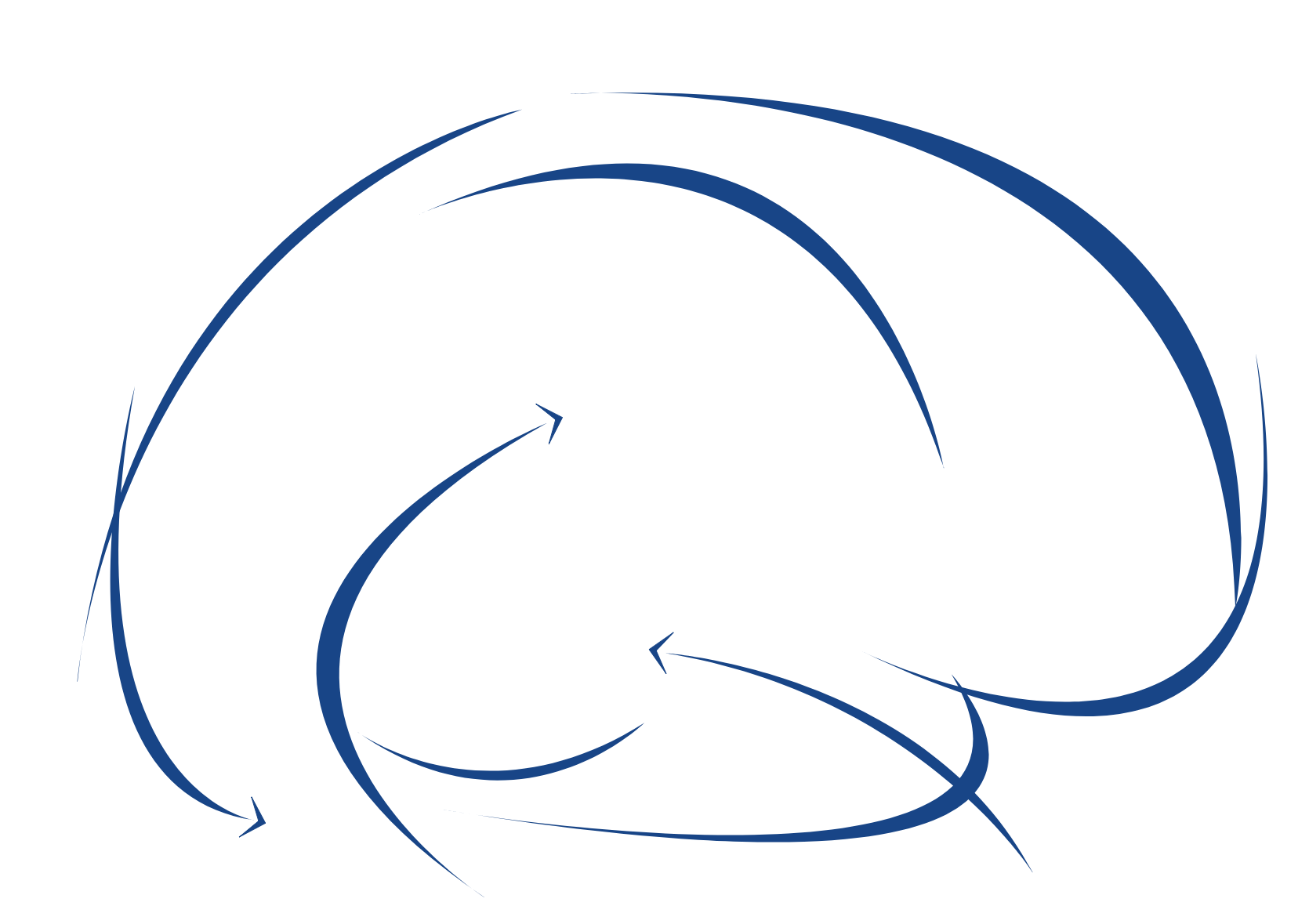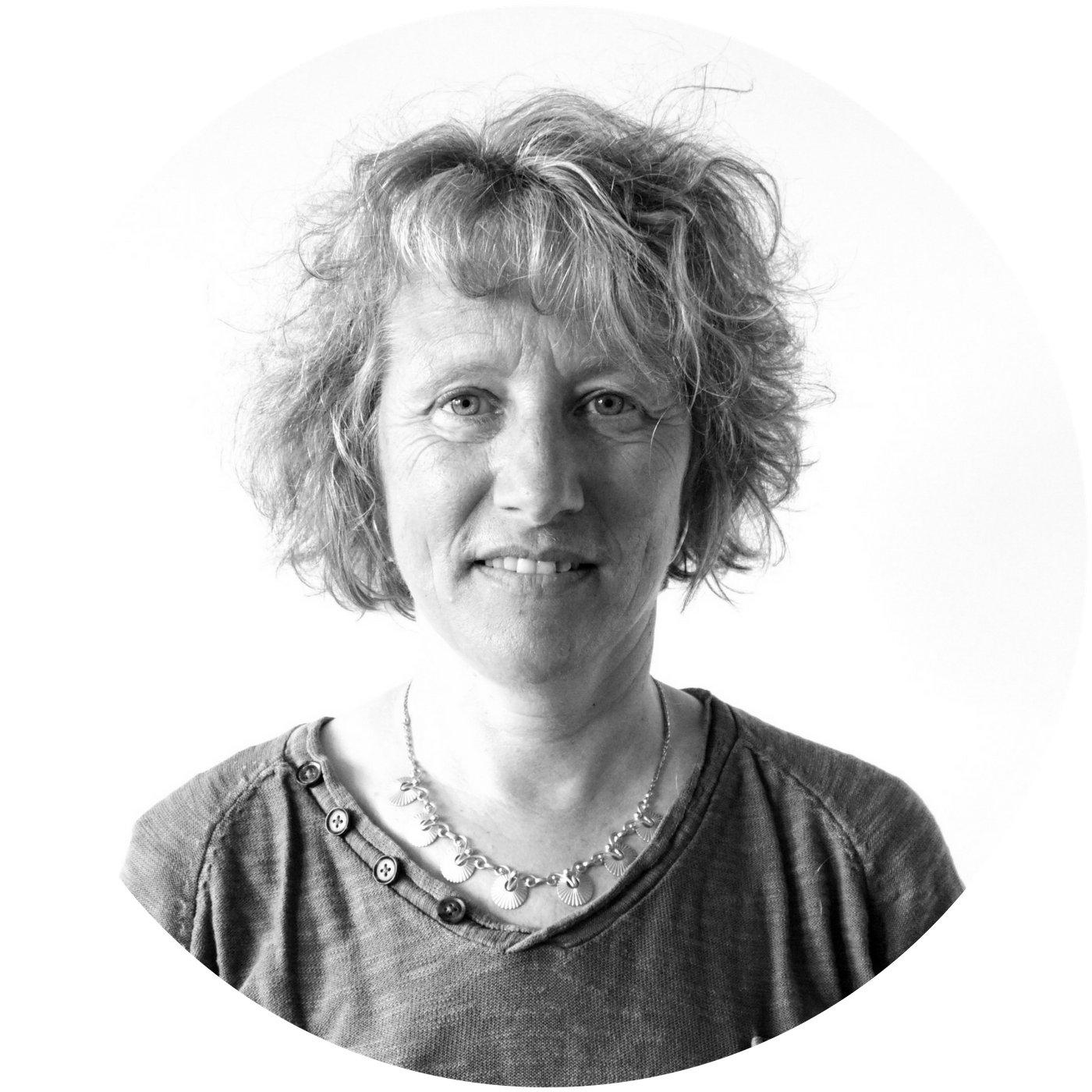NEUROSTIM
(Brain Stimulation Group)
Our scientific project is about the study of functional neuroanatomy using neurostimulation and concurrent neurophysiological measurements. By interfering directly with ongoing neural activity through bypassing sensory and other internal input pathways, we mainly aim at 1) identifying and modelling neural substrates of brain function (physiology) and information processing (cognition) and 2) deriving approaches to modulate brain activity in refractory patients with neurological and psychiatric disorders. Research activities are performed in healthy human participants and in patients. Data are processed using state-of-the art signal and image processing techniques (collaboration with DynaMap), and are used to develop large-scale brain models in silico (collaboration with TNG) and to map cognitive and sensori-motor functions (collaboration with D-CAP).
Our approach is distributed over 2 main axes:
Functional brain tractography: During the last decade, we have been developing a research programme (F-TRACT) to infer functional properties of human brain anatomical tracts from the analysis of electrophysiological responses to brief intracerebral and focal electrical stimulations. We work to deliver 1) a whole-brain electrophysiologically informed atlas of the human brain; 2) detailed atlases of functional subsystems (e.g. dorsolateral prefrontal cortex, insula, ventro-medial prefrontal cortex and sensorimotor system); 3) an atlas of large fibre-tracts dynamics; 4) an electrophysiological atlas of brain maturation; 4) stimulation-based software tools to infer epileptogenicity; 5) open-access databases of responses to cortical stimulation.
Cortical excitability: Cortical excitability, defined as the capacity of the brain to respond to transient stimuli, can be measured from direct cortical stimulation but also transcranially, such as using transcranial magnetic stimulation (TMS). In this Axis 2, we thus transpose to non-implanted patients, and to healthy participants, the framework developed in Axis 1 using TMS/EEG to deliver: 1) cortical excitability mapping during cognitive tasks; 2) cortical excitability mapping during the disease’s development (e.g. Parkinson de novo) and treatment (e.g. depression); 3) intracranially informed tools to interpret better transcranial measurements and thus to improve therapeutic protocols in patients suffering from refractory neuropsychiatric diseases. In addition, we extend the functional brain tractography approach to study brain and spinal cord synchronisation in acute conditions with direct stimulation of the rootlets to improve surgical procedures for spasticity treatment.
NEUROSTIM TEAM
TEAM LEAD
Olivier DAVID
DR, INSERM
EMAIL: olivier.david@univ-amu.fr
I graduated in applied physics at Ecole Normale Supérieure de Cachan, and got a PhD from Université Paris Sud in signal processing applied to human neurophysiology at CNRS / La Salpêtrière Hospital, under the supervision of Line Garnero and Francisco Varela. I did a post-doc at University College London with Karl Friston where I developed Dynamic Causal Modelling for MEG/EEG. In 2005, I obtained an INSERM researcher position at Grenoble Institute of Neuroscience, France. Since 2011, I have been leading a research group focused on preclinical and clinical neurophysiology in refractory neurological and psychiatric disorders, with a particular interest in the effects of brain stimulation on functional brain networks. I moved full-time to INS in 2021 and created the Brain Stimulation Group in 2024 to pursue similar lines of research.
Spontaneous applications to work with us are warmly welcome.
TEAM MEMBERS
NEUROSTIM RESEARCH
Functional brain Tractography
Essential functional properties associated with otherwise well-defined brain anatomical tracts such as the directionality and latency of propagation across them are largely unknown in human. We proposed they could be inferred from the analysis of brain electrophysiological responses to brief focal electrical stimulations, in combination to structural imaging. By gathering such data in implanted patients suffering from epilepsy explored during SEEG exams and who underwent direct electrical stimulation at low frequency (1 Hz), we have developed the first atlas of functional tractography of the human cerebral cortex. The first version of the atlas was delivered in 2017 on the website of the F-TRACT project initially funded by ERC and then by the Human Brain Project (HBP). Those clinical data were obtained retrospectively and prospectively from a network of epilepsy surgery centres distributed worldwide. After extensive data curation processes, we perform data analyses and brain modelling, with applications in neuroanatomy, computational neuroscience, cognitive neuroscience and epileptology. The main feature of F-TRACT data is to show fast propagation cortical pathways. They are thus particularly interesting to improve computational and biophysical brain models at a large scale. Because we provide neurophysiologically-informed asymmetrical connectivity matrices, we allow a paradigm shift in brain modelling.
This research was/is supported by EC FP7 ERC F-TRACT (2014-2019); EC Horizon Europe HBP (2018-2023); DFG-ANR (2018-2020); FNSNF Sinergia Precision Mapping (2023-2027); ANR EPICOG (2023-2027); Inserm Booster Programme (2024-2028).
Cortical Excitability
In 2016, we developed a new method aiming at mapping the dynamical properties of cortical microcircuits non-invasively using the coupling between robotized and neuronavigated TMS and EEG, in which we recorded the responses evoked by the stimulation of 18 cortical targets in healthy subjects. Specific data processing methods were then developed to map the neural responses at each cortical target, which showed inter-regional differences with very good interhemispheric reproducibility. We then proposed the concept of functional cytoarchitectonics, assuming that cortical excitability read-outs may be proxys of the underlying cyto-architecture. We are now trying to assess the face validity of this concept by acquiring indirect cytoarchitectonics measurements from 7T multimodal acquisition allowing to estimate cortical layers in healthy subjects (in collaboration with Pr M. Guye, Marseille), and perform robotized and neuronavigated TMS/EEG in the same subjects. This research is part of the FrontalProbe project funded by NIH&ANR, which is performed with Pr C. Keller, psychiatrist at Stanford University. This project mainly aims at combining TMS/EEG and SEEG information to improve our knowledge of the dorsolateral prefrontal cortex neuroanatomy for optimizing tailored brain stimulation approaches in depression. We also use our robotized rTMS/EEG facility to perform cognitive studies in healthy subjects, in collaboration with local CNRS researchers (C. Pattamadilok, Laboratoire Parole et Langage, Aix en Provence; X. Alario, Laboratoire Psychologie Cognitive, Marseille; A. Montagnini, Institut Neurosciences de la Timone, Marseille).
This research was/is supported by ANR Oscilloscopus (2016-2020); IDEX NeuroCog (2017-2021); Labex ILCB (2022-2024); ANR-NIH CRCNS FrontalProbe (2022-2026).
Cortico-spinal integration
Little is known about how sensorimotor information is dynamically integrated by the spinal cord to ensure appropriate motor command between the brain and muscles. Inappropriate cortico-spinal integration can lead to spasticity, a condition in which muscles stiffen or tighten, preventing normal fluid movement. In children, selective dorsal rhizotomy can be proposed to alleviate rigidity and to prevent severe symptoms to develop further. This surgical procedure is efficient but little understood. Fondation Rothschild (Dr P. Vayssière, Paris), Fondation Lenval (Dr N. Chivoret) and our team are conducting the clinical trial MOVE, in order to understand better the cortical-spinal integration in spasticity and how it is modulated by the surgery.
This research is supported by Fondation Rothschild and Fondation Lenval.
Human Intracerebral Platform (HIP)
As part of the European Flagship Human Brain Project, we co-led (with the CHU Vaudois, Lausanne, Pr P. Ryvlin) the development of the Human Intracerebral Platfrom (HIP). The HIP is an EBRAINS infrastructure providing access to an advanced solution for storing, curating, sharing, and analyzing multiscale neurophysiological data directly recorded from the human brain. HIP also leverages the capacity to generate new research projects based on human iEEG data through its large consortium of expert clinical centers. Accordingly, HIP may become a leading international platform to deliver human iEEG data to the scientific community. To this purpose, HIP iEEG data are organized according to the FAIR principles within the ethics and regulatory frameworks that apply to medical personal data. Users can use the HIP through an EBRAINS account via a webportal.
This research was/is supported by EC Horizon Europe HBP (2020-2023); Inserm Booster Programme (2024-2028).
Project external websites
F-TRACT / HIP / Sinergia Precision Mapping / EBRAINS / ILCB
SELECTED PUBLICATIONS
Jedynak M, Boyer A, Mercier M, Chanteloup-Forêt B, Bhattacharjee M, Kahane P, David O; F-TRACT Consortium. SEEG electrode shaft affects amplitude and latency of potentials evoked with single pulse electrical stimulation. J Neurosci Methods. 2024 Mar;403:110035. doi: 10.1016/j.jneumeth.2023.110035. Epub 2023 Dec 19.
Seguin C, Jedynak M, David O, Mansour S, Sporns O, Zalesky A. Communication dynamics in the human connectome shape the cortex-wide propagation of direct electrical stimulation. Neuron. 2023 May 3;111(9):1391-1401.e5. doi: 10.1016/j.neuron.2023.01.027.
Jedynak M, Boyer A, Chanteloup-Forêt B, Bhattacharjee M, Saubat C, Tadel F, Kahane P, David O; F-TRACT Consortium. Variability of Single Pulse Electrical Stimulation Responses Recorded with Intracranial Electroencephalography in Epileptic Patients. Brain Topogr. 2023 Jan;36(1):119-127. doi: 10.1007/s10548-022-00928-7
Aude Jegou, Nicolas Roehri, Samuel Medina Villalon, Bruno Colombet, Bernard Giusiano, Fabrice Bartolomei, Olivier David#, Christian-George Bénar#. BIDS Manager-Pipeline: A framework for multi-subject analysis in electrophysiology. Neuroscience Informatics. Available online 14 April 2022, 100072. https://doi.org/10.1016/j.neuri.2022.100072
Lemaréchal JD, Jedynak M, Trebaul L, Boyer A, Tadel F, Bhattacharjee M, Deman P, Tuyisenge V, Ayoubian L, Hugues E, Chanteloup-Forêt B, Saubat C, Zouglech R, Reyes Mejia GC, Tourbier S, Hagmann P, Adam C, Barba C, Bartolomei F, Blauwblomme T, Curot J, Dubeau F, Francione S, Garcés M, Hirsch E, Landré E, Liu S, Maillard L, Metsähonkala EL, Mindruta I, Nica A, Pail M, Petrescu AM, Rheims S, Rocamora R, Schulze-Bonhage A, Szurhaj W, Taussig D, Valentin A, Wang H, Kahane P, George N, David O; F-TRACT consortium. A brain atlas of axonal and synaptic delays based on modelling of cortico-cortical evoked potentials. Brain. 2022 Jun 3;145(5):1653-1667. doi: 10.1093/brain/awab362.
Zanello M, Dibué M, Cornips E, Roux A, McGonigal A, Pallud J, Carron R. Training and teaching of vagus nerve stimulation surgery: Worldwide survey and future perspectives. Neurochirurgie. 2023 May;69(3):101420. doi: 10.1016/j.neuchi.2023.101420.
Carron R, Roncon P, Lagarde S, Dibué M, Zanello M, Bartolomei F. Latest Views on the Mechanisms of Action of Surgically Implanted Cervical Vagal Nerve Stimulation in Epilepsy. Neuromodulation. 2023 Apr;26(3):498-506. doi: 10.1016/j.neurom.2022.08.447.
Nalborczyk L, Longcamp M, Bonnard M, Serveau V, Spieser L, Alario FX. Distinct neural mechanisms support inner speaking and inner hearing. Cortex. 2023 Dec;169:161-173. doi: 10.1016/j.cortex.2023.09.007.
Botzanowski B, Donahue MJ, Ejneby MS, Gallina AL, Ngom I, Missey F, Acerbo E, Byun D, Carron R, Cassarà AM, Neufeld E, Jirsa V, Olofsson PS, Głowacki ED, Williamson A. Noninvasive Stimulation of Peripheral Nerves using Temporally-Interfering Electrical Fields. Adv Healthc Mater. 2022 Sep;11(17):e2200075. doi: 10.1002/adhm.202200075.
Planton S, Wang S, Bolger D, Bonnard M, Pattamadilok C. Effective connectivity of the left-ventral occipito-temporal cortex during visual word processing: Direct causal evidence from TMS-EEG co-registration. Cortex. 2022 Sep;154:167-183. doi: 10.1016/j.cortex.2022.06.004.











